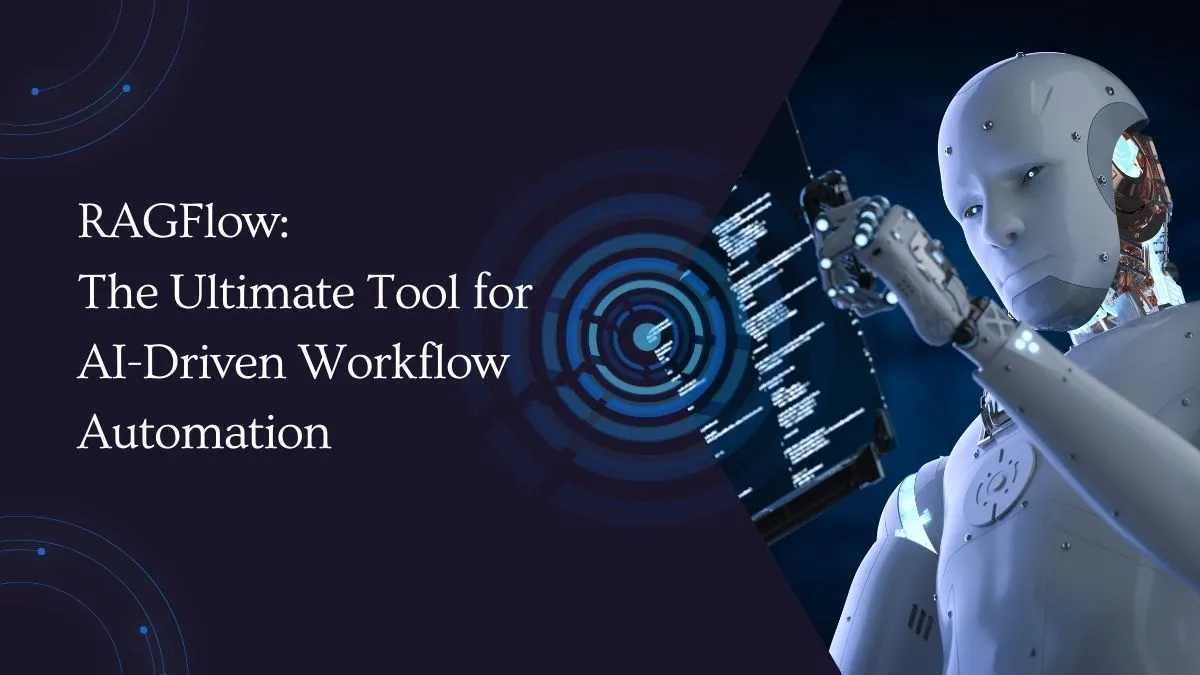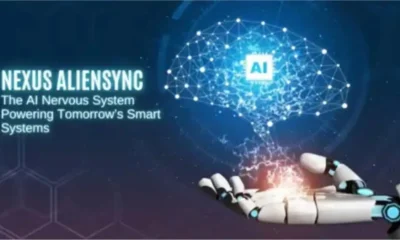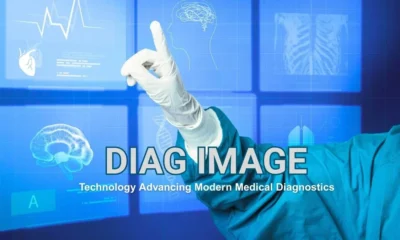AI
RAGFlow: The Ultimate Tool for AI-Driven Workflow Automation

RAGFlow still remains a modern business platform that includes AI features in its functioning. Through the employment of the RAGFlow, and integrating Retrieval-Augmented Generation technology, business processes are optimized; work that would have otherwise needed to be done manually is automatic and intelligent solutions that offer enhanced decision-making is offered. It provides organizations with a golden chance to increase product, improve retrieval and processing of information as well as develop sophisticated solutions to what have hitherto been time-consuming manual chores. Automation is fast becoming as a necessity in the current generation competent business environment. Today, artificial intelligence (AI) is being used in most industries by different firms as a tool for making or improving on the existing business processes
Understanding Retrieval-Augmented Generation (RAG)
The essence of RAGFlow is the new generation Retrieval-Augmented Generation (RAG) engine that integrates the capabilities of both retrieval-based models and AI-generated content. Compared with the typical AI model that has only pre-specified data to answer questions, the RAG model obtains sufficient information from massive data and improves the outcomes by adding relevant information. By doing so it becomes far easier for RAGFlow to perform complicated tasks with far more accuracy and ability to adapt. Real-time data from multiple sources strengthens business productivity and it guarantees that workflow is effectively and efficiently improved with real-time data without compromising the data’s accuracy.
Core Features of RAGFlow
- Intelligent Data Retrieval: RAGFlow enables businesses to instantly access relevant data, improving decision-making speed and accuracy.
- Workflow Automation: The platform automates repetitive tasks like report generation, customer support, and data processing, increasing operational efficiency.
- AI-Driven Insights: It provides actionable insights through AI, enhancing data interpretation and facilitating smarter decision-making.
- Personalized Workflows: The platform allows businesses to tailor workflows based on customer preferences or historical data for improved user experiences.
- Scalability and Customization: It is highly scalable and adaptable, ensuring it can evolve with business growth and changing requirements.
How RAGFlow Integrates with Existing Systems
Another significant benefit associated with RAGFlow is actually the operational compatibility between the application and other business applications. Regardless of whether a business uses the Customer Relationship Management (CRM) tool, the Enterprise Resource Planning (ERP) software or any other system, They can easily integrated it with the help of the APIs or plugins available. The gradual adoption here makes it possible for organizations to maintain the current systems but add to them features of artificial intelligence driven automation and data acquisition. The fact that it can easily blend in various pre-existing IT systems is one of its key strengths for accountants because this means that companies can get the most, or even more, out of their investments in IT systems while using RAGFlow.
Workflow Automation
In terms of what RAGFlow stands to offer, the most important is the ability to automate the workflow. Organizations today are operating in the Global Village where time is investment, hence the need to minimize repetition or manual handling of activities that can efficiently be handled by automation. It has been quite successful in the ability of automating various ranges of workflows – simple as well as complex. For instance, it can perform roles such as data input, appointment setting and creation of reports that usually demand a lot of manual work. Furthermore, it has decision making capability wherein it can assign the customer service tickets; escalating tasks and make real time changes based on the defined business rule.

Enhancing Data Accessibility with RAGFlow
It is said that current business relies heavily on data but the data have to be collected, pulled and summarized in a timely and useful manner. This is done while utilizing real-time data processing and enhanced artificial intelligence, RAGFlow has been established as a solution that enhances data accessibility. All the historical sales data, customer feedback and performance data that help in decision making process are always on hand, accurate and updated at it. The result of this is that multiple team, or many departments across an organization are able to rely more on data to make decisions, more promptly. In addition, the opportunity to analyze and come up with the insight from the retrieved data leveraging it makes businesses ready to adapt to competitive forces in the market.
Improving Decision-Making through AI
The use of AI in business processes is to make better decisions based on data gathered throughout the different phases in the company. It stands out at this aspect given that RAGFlow now allows businesses to harness AI for its computation abilities to deliver knowledge out of intricate information sets commonly found in today’s enterprise financial transactions. It combines AI for generative text analysis with automated data collection-making it possible for companies to make decisions faster and better than it has ever been done. For example, it can process data on sales rates, comments, and situation and provide business tips within a few seconds that can contribute to more effective marketing decision making or enhance ways of interacting with the customer.

Cost-Effective Benefits
- Reduced Operational Costs: RAGFlow automates tasks like data entry, customer support, and report generation, cutting down on labor expenses.
- Increased Productivity: By automating routine processes, it enables employees to focus on higher-value tasks, boosting overall productivity.
- Minimized Human Error: It reduces the risk of costly mistakes caused by manual labor, improving accuracy and reliability.
- Efficient Resource Allocation: Automation with it allows businesses to allocate resources more effectively, optimizing capital usage.
- Enhanced ROI: By streamlining operations and cutting costs, it helps businesses achieve a higher return on investment.
AI-Powered Personalization Capabilities
Taking into account the buyer behavior, preferences and previous communications, RAGFlow adapts the offer of goods, services, and word and word-based actions to each buyer. This AI-associated personalization enhances client experience by ensuring that they are presented with current and appropriate information hence increasing client base and business continuity. Some use cases of it are Marketing automation where businesses can bring out customized marketing strategies, product recommendation where the business organizations can recommend products that the customer had purchased before and even advanced customer support where the business organizations can have tailored support to the customer questionnaires.
Conclusion
It was seen that RAGFlow is unique in its capacity to revolutionize the concept of using artificial intelligence in improving the business unit’s flowwork. Due to its high data retrieval mode as well as; flow capability; automation of work processes; provision of insights by an Artificial Intelligence system, it boosts productivity, keeps errors at bay, and provides a means of making better decisions. This aspect of the platform is efficient in driving down costs through the elimination of labor expenses, human mistake, and poor utilization of resources while creating greater ROI for companies at inception. Also, it is highly flexible and can easily be modified to meet the changing needs of your business so that it can be highly successful in the long run.
-

 BIOGRAPHY7 months ago
BIOGRAPHY7 months agoBehind the Scenes with Sandra Orlow: An Exclusive Interview
-

 HOME1 year ago
HOME1 year agoDiscovering Insights: A Deep Dive into the //vital-mag.net blog
-

 HOME1 year ago
HOME1 year agoSifangds in Action: Real-Life Applications and Success Stories
-

 BIOGRAPHY1 year ago
BIOGRAPHY1 year agoThe Woman Behind the Comedian: Meet Andrew Santino Wife




























